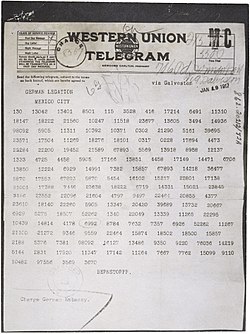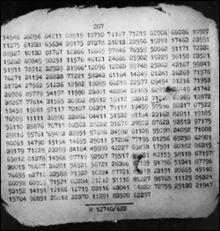The unintelligible and seeming random form of data that is produced by the cryptographic function of encryption. Ciphertext is produced by a symmetric algorithm when a data set is transformed by the encryption process using a selected key. Ciphertext can converted back into its original form (i.e. plain text) by performing the decryption process using the same symmetric encryption algorithm and the key used during the encryption process. (Also known as cryptogram.)


In cryptography, ciphertext or cyphertext is the result of encryption performed on plaintext using an algorithm, called a cipher. Ciphertext is also known as encrypted or encoded information because it contains a form of the original plaintext that is unreadable by a human or computer without the proper cipher to decrypt it. Thus preventing loss of sensitive information from getting hacked. Decryption, the inverse of encryption, is the process of turning ciphertext into readable plaintext. Ciphertext is not to be confused with codetext because the latter is a result of a code, not a cipher.


